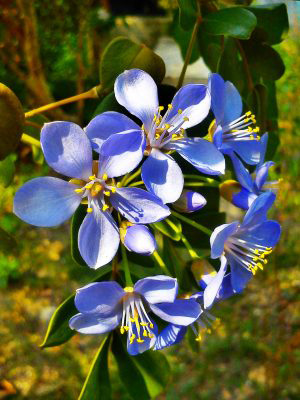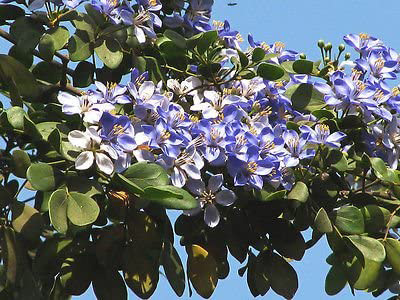Contents
The yellowish, tough wood of the lignum vitae tree caught the attention of the first Spanish people traveling to America. From the 16th century onwards, the lignum vitae tree was brought to Europe and is known as the “wood of life” (lignum vitae). Up until the late 19th century, it was considered able to heal tuberculosis and even syphilis. We currently know its actual properties.

Healing Properties and Indications
The wood of the lignum vitae tree exudes a resin whose most crucial active component is guaiacol. This resin also contains saponins, gum, and an essential oil, which give the plant the following properties:
- Balsamic and expectorant are recommended in the case of any respiratory afflictions.
- Diuretic, sudorific, and depurative: It eliminates uric acid and other waste substances from the blood in rheumatism, arthritis, and gout. Because of its depurative properties, it is also recommended for people suffering from hypertension and arteriosclerosis. In Central America, the lignum vitae is still used against syphilis, though its effectiveness has not been proven.
Lignum Vitae Tree Scientific Facts


- Other names: Guaiacum, guayacan, guaiac, pockwood.
- French: Gaiac.
- Spanish: Guayaco, guayacan.
- Environment: Native to Central America, it grows mainly in southern Mexico, Colombia, Venezuela, and the West Indies.
- Description: Evergreen tree of the Zigofilaceae family, growing up to 10 m high, with dark, heavy, resinous wood; compound leaves with 4 to 28 folioles and small bluish flowers.
- Parts of the plant used medicinally: The ground-up wood and the resin.
How to use Lignum Vitae
- Make a decoction with 50 g of ground wood per liter of water. Boil for ten minutes. Drink three to five cups daily.
- Pharmaceutical preparations are based on its resin and active ingredient, guaiacol.
DISCLAIMER: All content on this website is presented solely for educational and informational objectives. Do not rely on the information provided as a replacement for advice, diagnosis, or treatment from a qualified medical expert. If you are pregnant, nursing, or have any preexisting medical concerns, talk to your doctor before using any herbal or natural medicines.
REFERENCES
- George D. Pamplona-Roger, M.D. “Encyclopedia of Medicinal Plants.” George D. Pamplona-Roger, M.D. Encyclopedia of Medicinal Plants. Ed. Francesc X. Gelabert. Vols. 1 San Fernando de Henares: Editorial Safeliz, 2000. 311. Print.
- PFAF Plants Database: https://pfaf.org/User/Plant.aspx?LatinName=Guaiacum+officinale
- Botanical.com: https://botanical.com/botanical/mgmh/g/guaiac42.html
- PubMed (for research studies): https://pubmed.ncbi.nlm.nih.gov/
